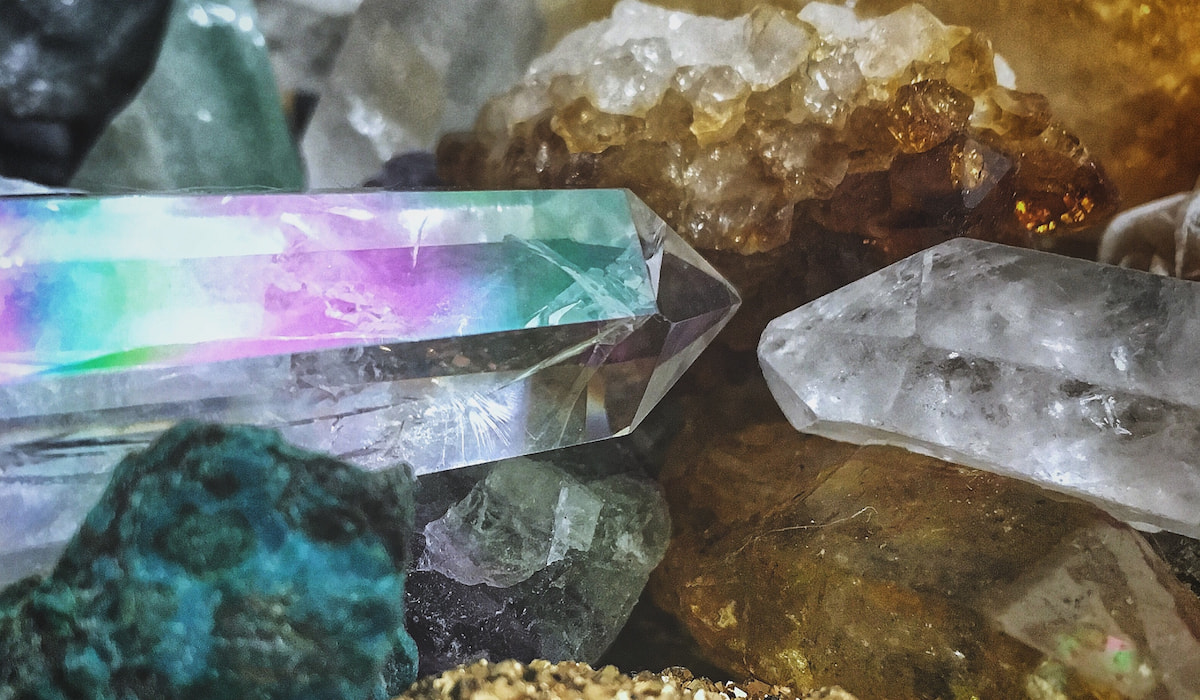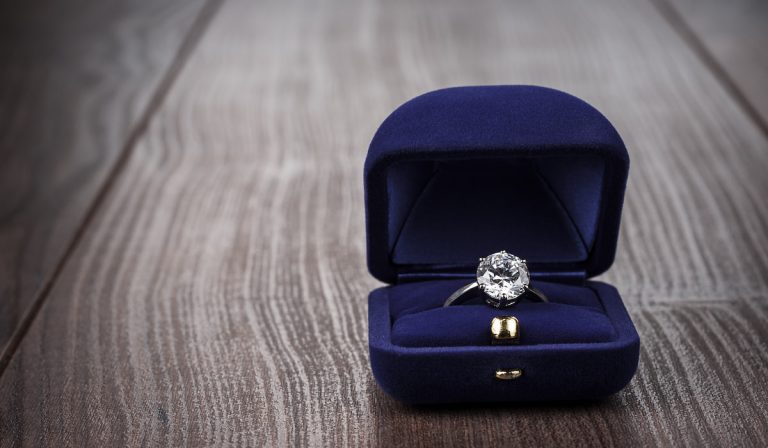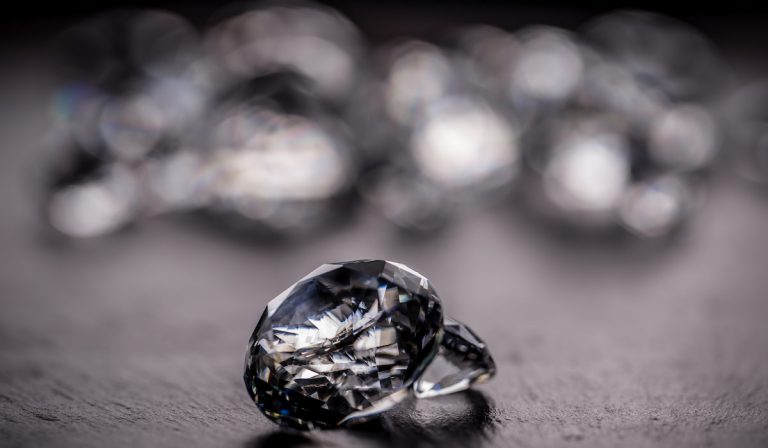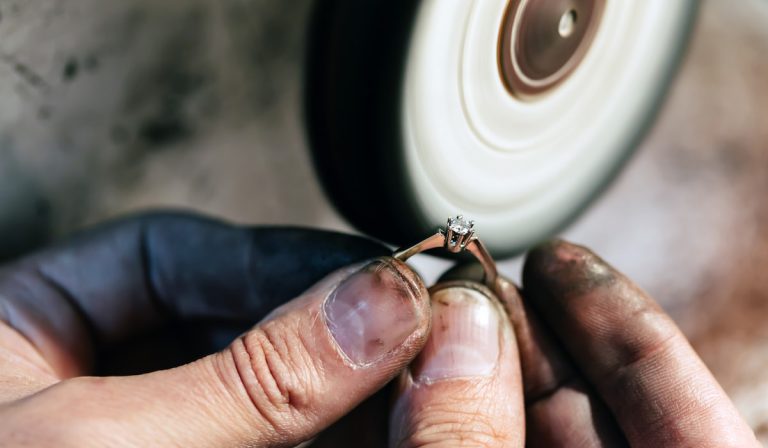How to Tell If a Stone is a Crystal? (7 Ways to Identify)
Have you ever seen a crystal before? How did you know that it was a crystal?
You need to know whether a stone is a crystal or not so that you do not overspend on a stone that isn’t what it is said to be. Are there imitation crystals? If so, how can you identify them?
Here are seven ways to tell if a stone is a fake crystal or not:
Seven Ways to Identify a Crystal
1. Through Its Color
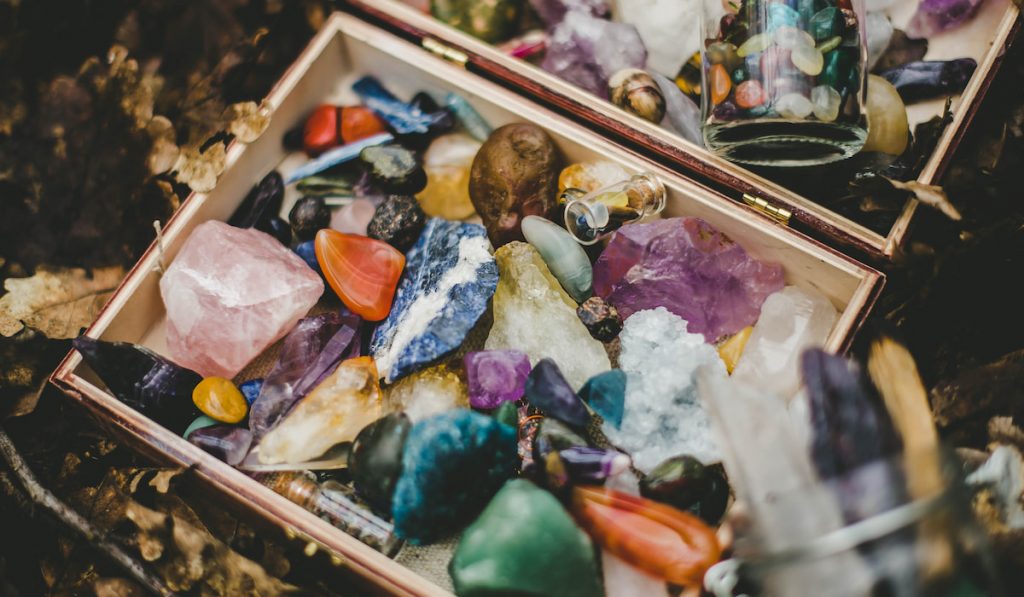
Even though rocks do come in different colors, you can identify specific crystals by their colors. In fact, it is very easy to identify crystals with their colors.
Some common crystal colors and examples are:
- Blue: Some examples of blue crystals are celestite, angelite, lazuli, aquamarine, apatite, lapis, blue lace, chrysocolla, agate, blue chalcedony, and azurite.
- Black: Some common black crystals are black tourmaline, onyx, black obsidian, hematite, and jet.
- Green: Common examples of green crystals are emerald, aventurine, malachite, green fluorite, and jade.
- Red: Some popular red crystals are the red tiger’s eye, ruby, and garnet.
- Purple: Two types of purple crystals are amethyst and charoite.
What color is best for jewelry? Later in this article, we will discuss what the different colors of crystals represent.
2. The Place or Point of Collection
The place where you collected the stone is a piece of useful information as crystals do not occur everywhere. An expert may be able to tell what crystal you are holding by knowing where you collected it.
Always take note of the places where you collect your stones.
3. Through Its Shape
Crystals come in different shapes and the shape of a stone can help you tell if it is a crystal or not.
Note, however, that two different types of crystals can have the same shape.
For example, cube-shaped crystals such as diamonds, pyrites, and fluorites are made of three similar axes. Crystals such as emeralds and aquamarines are hexagonal. There are also tetragonal crystals such as apophyllite and zircon.
4. Examine Its Composition
One key thing you should note is that the uniqueness of crystals is found in their composition. Crystals are microscopically arranged in a pattern.
This gives crystals their symmetrical appearance. Experts use microscopes or magnifying glasses to examine the composition of a stone to tell if it is a crystal or not.
5. Impurities Attached to the Stone
Not every element can bind with the minerals that form crystals, so if you collect a stone with impurities attached to it, you should not scrape them off.
Instead, use them to identify your crystal by using a guide.
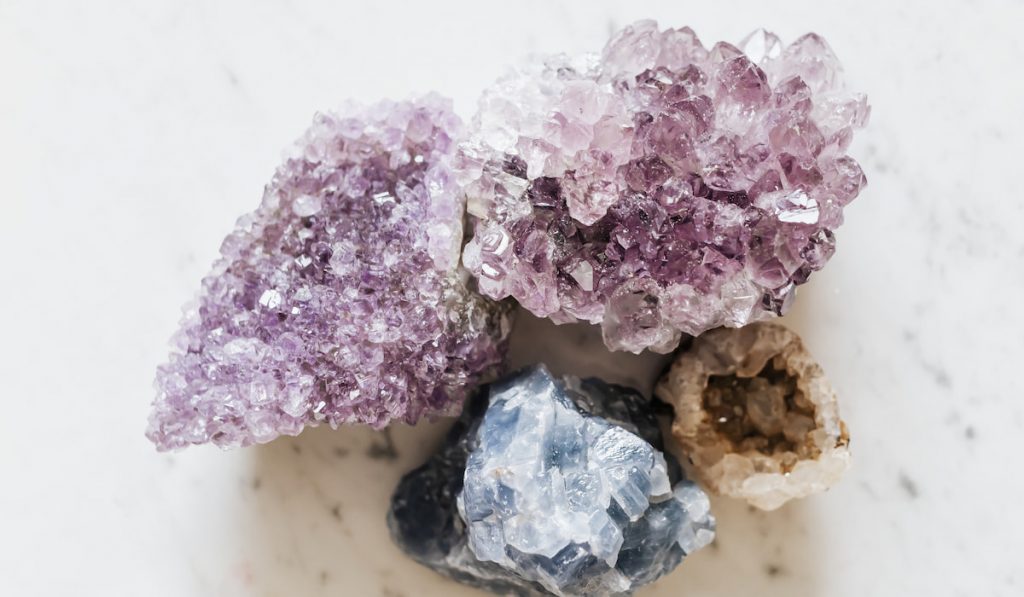
6. The Texture of the Stone
Crystals should not feel rough. Instead, they should feel glassy and smooth.
Also, note that crystals are not heavier than they appear to be.
7. Use a Guide
One very easy method to tell if a stone is a crystal or not is by using a guide book.
Let’s discuss some guides to help you tell if a stone is a crystal or not.
Guides to Identify Crystals
One of the most effective ways to identify crystals is to use a guide. Here are some recommended guides for you:
1. Local Guide Book
Buy a guidebook from the country or region where you collected the stone. Local guide books have information about every stone in that area, so these books can help you a lot.
All you have to do is find different stones with similar characteristics as your stone and select the one that matches yours completely.
2. Internet Articles and Videos
There are several online resources that can help you identify rocks. For example, this article helps you to know the names of different crystals according to their color and shape.
If you do your research, you will find an article or video that will tell you the exact rock in your hand.
3. Online Forums
Upload a photo of your stone in a rockhounding community, group, or forum, and let the experts help you to identify your rock.
When uploading the rock, be sure to state the area of the collection as well as other details they might ask you for.

4. Local Science School or Extension Center
Take the stone to a local science school or extension center and they will help you to identify it. It is best to take the rock to a school that is very close to the place you collected it.
5. Local Community or Group for Rock Collectors
A community of rock collectors in your area is the most effective guide to identify what stone you are holding.
These experts will hold the stone, view it with a microscope, and tell you the exact stone you are holding.
What if you are given a fake crystal? How can you tell?
How to Identify Imitation Crystals
Here are some ways to identify fake crystals:
Color and Appearance
Crystals are clear and have beautiful colors. Their colors are not too bright that they can blind your eyes. If a stone appears too shiny, it might be a fake crystal.
Composition and Symmetry
Remember that crystals are usually symmetrical and they have an ordered pattern when viewed with a microscope.
If the stone you are holding does not have an ordered pattern or is not symmetrical, it may be fake.
Presence of Air Bubbles
It is common to see air bubbles in some glass and stones. They are simply fake.
Naturally occurring crystals do not have air bubbles, so if you see air bubbles in a stone, it is not a real crystal.
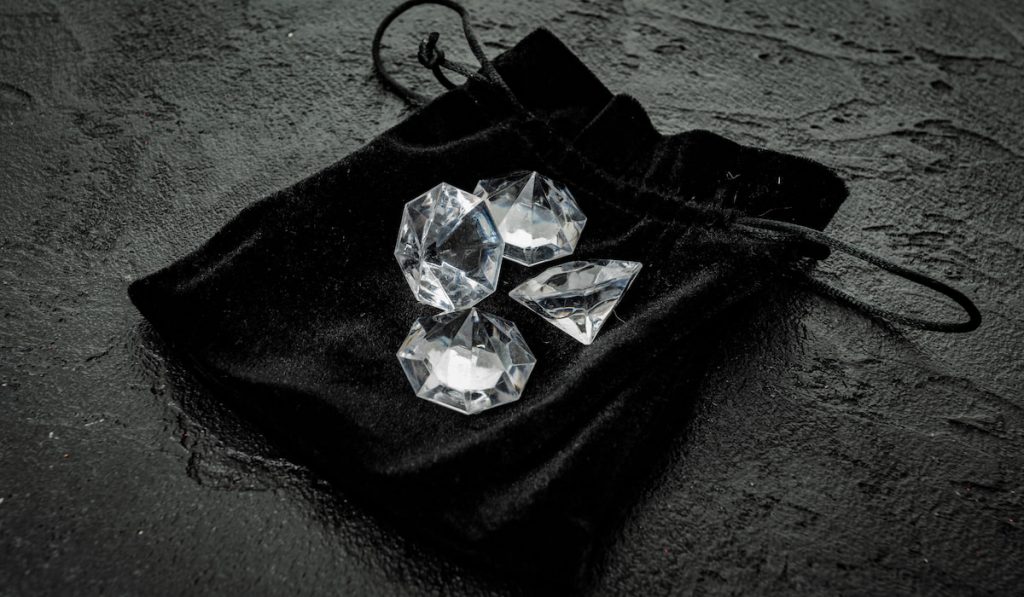
Mohs Hardness Scale
This scale explains the hardness of a stone. Crystals are usually harder than regular rocks, so crystals will likely scratch a rock when they are rubbed against each other.
If your stone is scratched by a rock (especially soft rocks), that stone is fake.
The Name
Go to a store. If they tell you the name of a stone and it sounds funny, it is not real.
For example, some fake stone names include melon moonstone, strawberry quartz, etc. You should search for real crystals and not non-existent fake stones.
The tips above will help prevent you from buying fake crystals.
Related Questions and Answers
1. What Are the Differences Between Minerals, Glasses, Rocks, and Crystals?
Sometimes, people say “rocks”, “minerals”, “glasses” and “crystals” interchangeably. These words do not mean the same thing. Here are their meanings:
- Minerals: These are compounds that occur naturally. Minerals are in their rawest form and have not mixed with other elements. Some come in the form of rocks and salt.
- Rocks: Rocks are solids that are made of minerals. Rocks can be made of a single or multiple minerals.
- Crystal: Crystals are rocks that are microscopically arranged in an ordered pattern. Crystals appear symmetrical and grow in every direction.
- Glass: Glasses aren’t crystals since they are not arranged in an ordered pattern like crystals, but they are often transparent and are composed of different types of minerals.
Now take a look at the stone that you are holding. What is it?
2. Are Gold and Diamonds Crystals?
Diamonds are crystals because they are formed by an arranged pattern of carbon.
If you examine diamonds, you will agree that they are symmetrical and easy to identify when their composition is viewed through a microscope.
Gold, however, is not a crystal. Gold is a naturally occurring element while minerals and crystals are compounds. This means that gold is in a more basic form than minerals and crystals.
3. Are Gemstones and Crystals the Same?
Gemstones and crystals have different compositions, but their main difference is that gemstones are very rare to find and are usually used for jewelry.
Some rocks which are not crystals but are used to make jewelry are also referred to as gemstones.
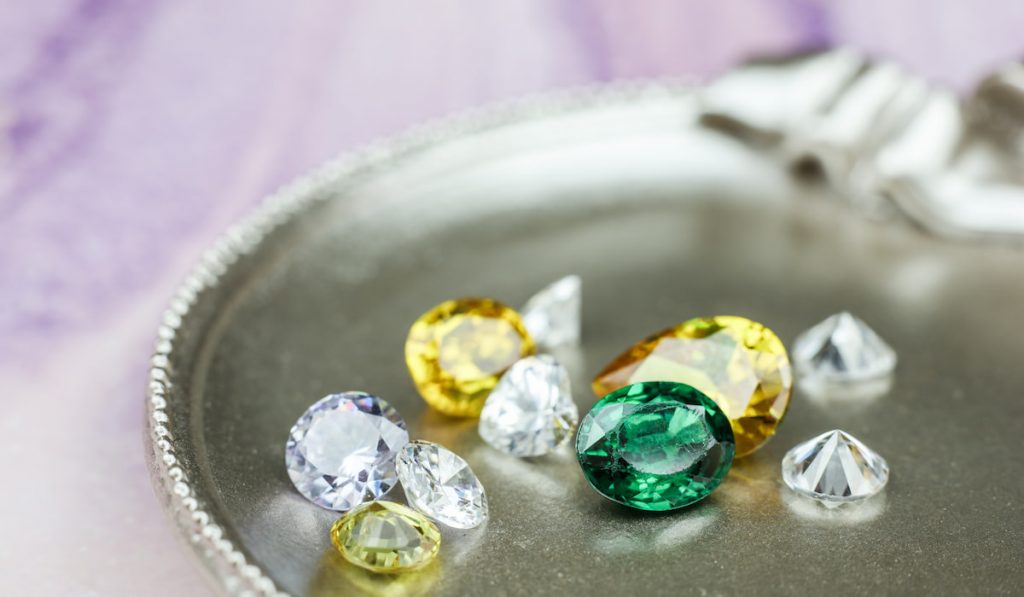
4. Where Can You Find Crystals?
You can find crystals in many areas. Examples of places to search for crystals are:
- Mountains
- Your backyard
- Quarries
- Rivers
- Other rock collectors
- Roadsides
- The beach
If you are lucky, you might be rewarded with a very rare find.
5. What Does the Color Of Your Jewelry Represent?
You will probably use your crystal as a piece of jewelry. This means that you need to consider what your preferred color of crystal represents.
Please note that different colors have different meanings according to the culture and region.
Here is the meaning of different crystal colors:
- Black: These mysterious crystals can mean power or protection.
- Blue: Blue is a cool color, so it represents power and freedom.
- Brown: Brown usually means the Earth and nature.
- Yellow or Gold: These colors resemble the sun, so they represent hope, optimism, and happiness.
- Orange: Orange represents passion and power.
- Pink: These crystals represent passion, romance, and love.
- Red: Red crystals can mean love, life, passion, and energy.
Take a look at your crystal. What does its color represent?
Final Thoughts
Now you know different ways to identify crystals and how to tell if your crystal is real or fake. For example, you can use a guide, examine the composition, or ask someone.
There are many simple ways to identify crystals, so you do not have to keep staring at your mysterious stone wondering if it’s real or not.
Resources
- https://www.hobbyistgeek.com/how-to-tell-if-a-stone-is-a-crystal
- https://www.energymuse.com/blog/tips-to-identify-stones-crystals
- https://howtofindrocks.com/difference-between-rocks-minerals-and-crystals/
- https://tinyrituals.co/blogs/tiny-rituals/hw-to-tell-if-a-crystal-is-real
- https://sciencing.com/identify-found-within-rocks-stones-6949090.html

